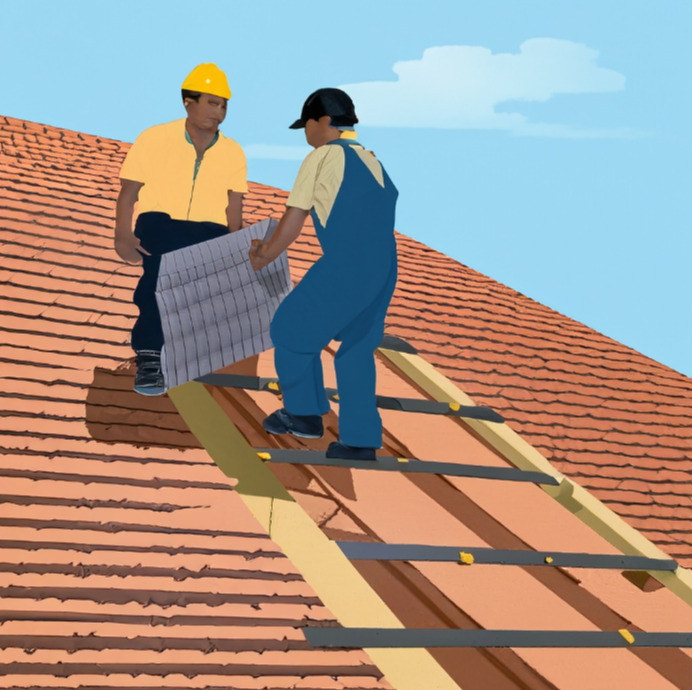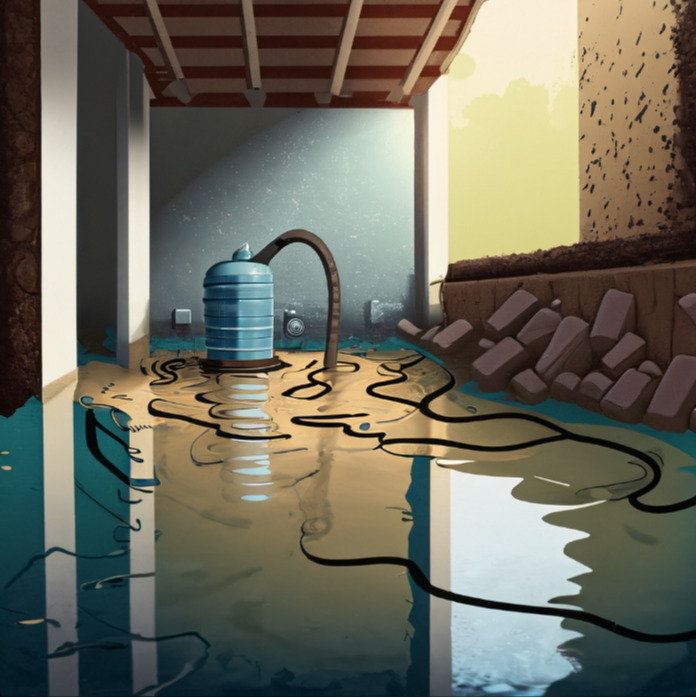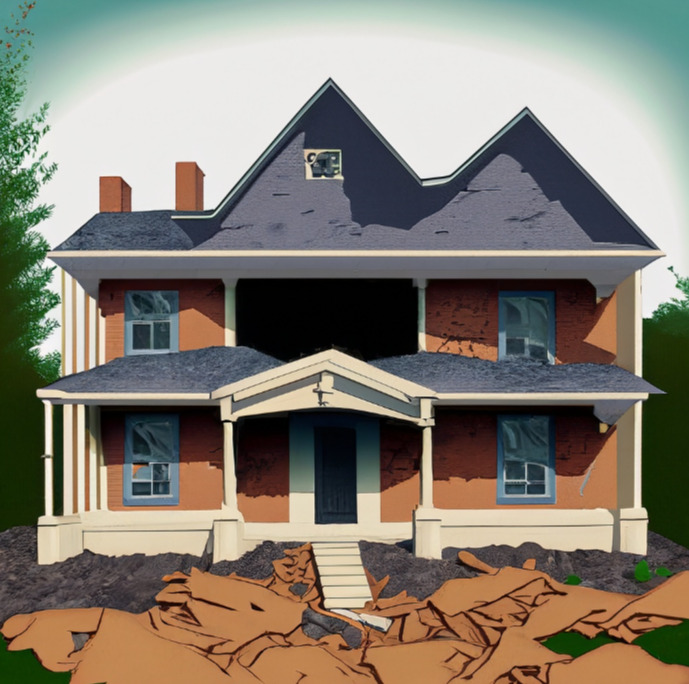With hurricane season underway, we know many of you along the New England coast are thinking about how to better storm-proof your homes. As Connecticut residents ourselves, we completely understand the desire to avoid roof leaks, window breaks, flooding, and days without power whenever the next big storm strikes. We can’t control the weather, but we can control how prepared our homes are to weather the blows. That’s why we’ve put together this guide covering some of the best hurricane home improvement projects to harden your house against wind and water damage. As a home remodeler, We’re always looking for ways to make homes safer, more comfortable, and better able to handle the stresses of coastal living. Whether you DIY or hire out the work, these upgrades will help reduce your weather worries. So let’s dive in!
Reinforce Your Roof
Your roof really bears the brunt when hurricane winds and rain start blasting away. Making sure it’s up for the job should be priority number one on your prep list.

Protect Windows and Doors
Windows and doors are weak spots where wind and rain can come streaming in. A few upgrades here will really help hunker down your home.

Manage Water Flow
It’s not just wind that’ll do damage during a hurricane. Flood waters can wreak havoc too. Taking proactive steps to keep them under control can potentially prevent tens of thousands of dollars worth of damage. Flood damage tends to be one of the more difficult types of home repair to handle, due to the lasting effects moisture can cause if left unchecked.

Strengthen Your Foundation
Your home’s foundation bears the entire load of the structure. Protect it from storm surge and flooding at all costs.

Invest in Backup Power
Losing electricity really limits your options during a storm. Get backup power sources so you can weather the outages.

Make Your Landscaping Storm-Ready
With a little strategic landscaping, you can avoid issues from wind and water damage. Here are some good moves:
Battening down the hatches in your Connecticut home to withstand hurricanes means taking stock of its vulnerabilities and addressing them through upgrades and resilience measures. Start with immediate needs like the roof, foundation, and windows before moving on to power and drainage upgrades. While pricey, these investments pay off by minimizing storm destruction and protecting what matters most – your family. Even if you can only tackle a few projects, every bit of preparation reduces your weather risk and gives peace of mind.







